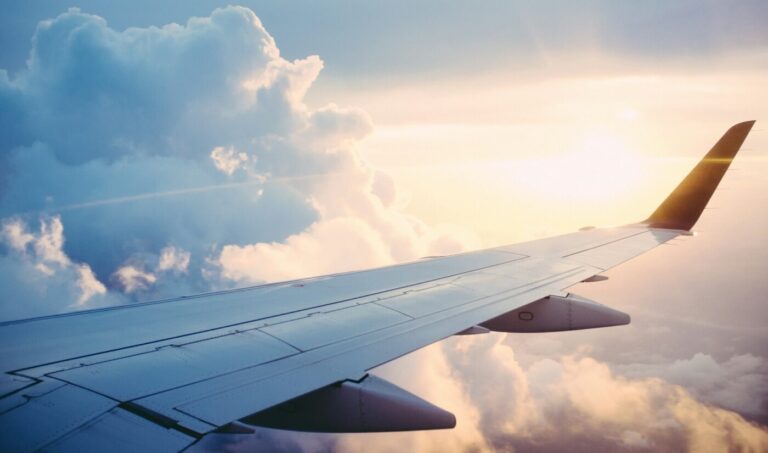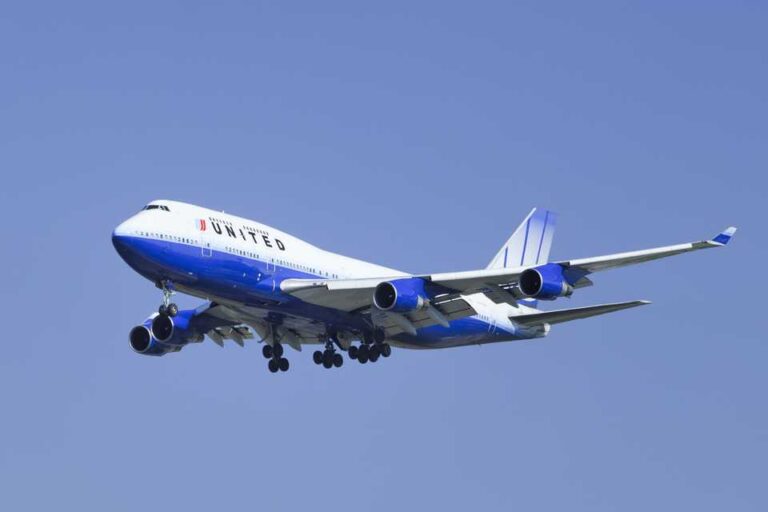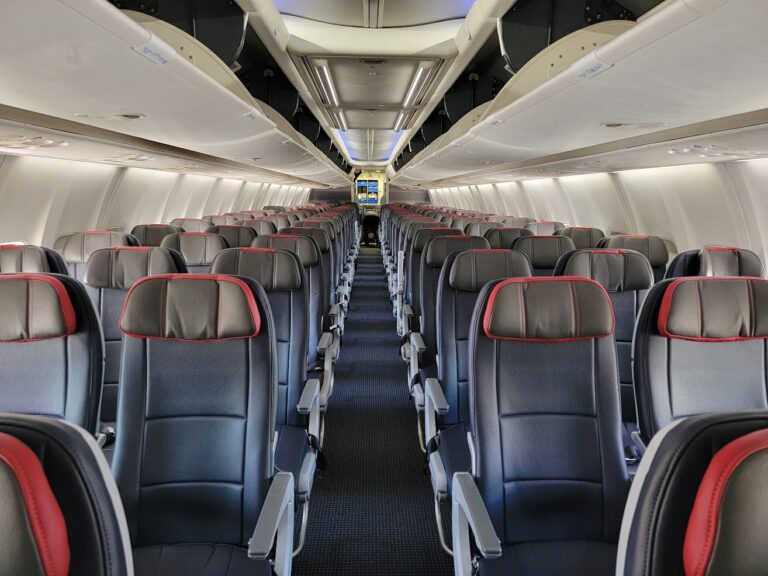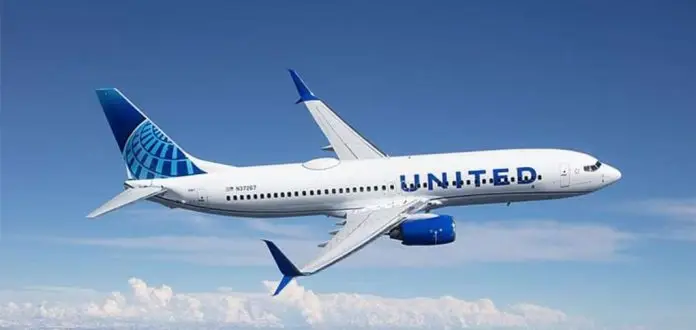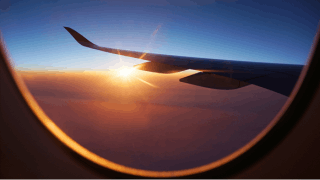What Factors Will Drive United Airlines’ Revenues In 2024?
United Airlines (NASDAQ: UAL) results came fairly in-line with the market expectations for the full year 2019. Though the company’s fleet plan included 30 Boeing 737 MAX aircraft for 2019, it received only four aircraft before the FAA grounding order last March. The impact of groundings was relatively low on the company’s non-fuel expenses, though, as CASM-ex (Cost per Available Seat Mile excluding fuel) increased by just 1% (against the earlier guidance range of flat CASM-ex for the full year). In 2020, the company expects to expand its fleet with Boeing 787 Dreamliners. While the global airline industry is likely to face sizable revenue headwinds over the coming weeks due to fears surrounding the global spread of coronavirus, Trefis expects United Airlines’ Revenues to reach $45.5 billion in 2020 assisted by growing capacity and rising airfares. We detail our forecast in our interactive dashboard for the company, parts of which we summarize below.
United Airlines’ reported $43.3 billion in Total Revenues for full-year 2019. This includes three revenue streams:
Passenger Revenue: $40 billion in FY2019 (91% of Total Revenues). It represents income from the sale of air tickets and other ancillary offerings for the company’s mainline and affiliate carriers. If a ticket is sold and travel is yet to happen, the company recognizes income from such tickets as air traffic liability. Due to the complex structure of ticket pricing, cancellation, and rescheduling, a certain portion of the liability is recognized as passenger revenues based on historical patterns.
Cargo: $1.2 billion in FY2019 (3% of Total Revenues). It represents income freight and mail services.
Other Revenue: $2.5 billion in FY2019 (6% of Total Revenues). It comprises of the sale of loyalty points to credit card companies.
[A] United Airlines’ capacity likely to expand from increased utilization of its existing fleet
Per recent filings, United Airlines operates a total of 1,372 aircraft across 358 airports.
The company expects to expand its fleet with 65 new aircraft by the end of 2020 (per recent investor update report).
Though 40% of these aircraft are Boeing 737 MAX, we expect the company’s existing fleet to assist capacity growth and service strong demand in Latin America as well as the U.S. (Domestic).
For forecasting, Trefis recognizes available seat miles as an airline’s total capacity, which refers to the number of seats available for passengers multiplied by the number of miles flown.
B] Occupancy rate likely to remain stable
Historically, United Airlines’ average occupancy rate has remained fairly steady at around 84%.
As a variation in flight schedule impacts an airline’s capacity (i.e., available seat miles), we do not expect a significant shift in occupancy rate due to supply-side factors.
For the full year 2020, we expect United Airlines’ average occupancy rate to be 85%, although this figure could be notably lower over coming weeks
[C] Passenger yield mostly dependent on fuel prices
Passenger yield refers to the average fare one passenger pays to fly one mile and is impacted by fuel prices, demand, and competitive environment.
In 2018, rising oil prices drove United Airlines’ passenger yield up by 2.8%.
However, a fairly stable oil market increased passenger yield by just 1% in 2019 despite a capacity crunch in the industry.
Consistent with the company’s guidance of $2.04-$2.14 of fuel cost per gallon during the first quarter (which includes targeted improvement in aircraft efficiency and the impact of fuel hedges), we expect United’s passenger yield to grow by 1% in 2020.
United Airlines (NASDAQ: UAL) results came fairly in-line with the market expectations for the full year 2019. Though the company’s fleet plan included 30 Boeing 737 MAX aircraft for 2019, it received only four aircraft before the FAA grounding order last March. The impact of groundings was relatively low on the company’s non-fuel expenses, though, as CASM-ex (Cost per Available Seat Mile excluding fuel) increased by just 1% (against the earlier guidance range of flat CASM-ex for the full year). In 2020, the company expects to expand its fleet with Boeing 787 Dreamliners. While the global airline industry is likely to face sizable revenue headwinds over the coming weeks due to fears surrounding the global spread of coronavirus, Trefis expects United Airlines’ Revenues to reach $45.5 billion in 2020 assisted by growing capacity and rising airfares. We detail our forecast in our interactive dashboard for the company, parts of which we summarize below.
United Airlines’ reported $43.3 billion in Total Revenues for full-year 2019. This includes three revenue streams:
Passenger Revenue: $40 billion in FY2019 (91% of Total Revenues). It represents income from the sale of air tickets and other ancillary offerings for the company’s mainline and affiliate carriers. If a ticket is sold and travel is yet to happen, the company recognizes income from such tickets as air traffic liability. Due to the complex structure of ticket pricing, cancellation, and rescheduling, a certain portion of the liability is recognized as passenger revenues based on historical patterns.
Cargo: $1.2 billion in FY2019 (3% of Total Revenues). It represents income freight and mail services.
Other Revenue: $2.5 billion in FY2019 (6% of Total Revenues). It comprises of the sale of loyalty points to credit card companies.
[A] United Airlines’ capacity likely to expand from increased utilization of its existing fleet
Per recent filings, United Airlines operates a total of 1,372 aircraft across 358 airports.
The company expects to expand its fleet with 65 new aircraft by the end of 2020 (per recent investor update report).
Though 40% of these aircraft are Boeing 737 MAX, we expect the company’s existing fleet to assist capacity growth and service strong demand in Latin America as well as the U.S. (Domestic).
For forecasting, Trefis recognizes available seat miles as an airline’s total capacity, which refers to the number of seats available for passengers multiplied by the number of miles flown.
B] Occupancy rate likely to remain stable
Historically, United Airlines’ average occupancy rate has remained fairly steady at around 84%.
As a variation in flight schedule impacts an airline’s capacity (i.e., available seat miles), we do not expect a significant shift in occupancy rate due to supply-side factors.
For the full year 2020, we expect United Airlines’ average occupancy rate to be 85%, although this figure could be notably lower over coming weeks
[C] Passenger yield mostly dependent on fuel prices
Passenger yield refers to the average fare one passenger pays to fly one mile and is impacted by fuel prices, demand, and competitive environment.
In 2018, rising oil prices drove United Airlines’ passenger yield up by 2.8%.
However, a fairly stable oil market increased passenger yield by just 1% in 2019 despite a capacity crunch in the industry.
Consistent with the company’s guidance of $2.04-$2.14 of fuel cost per gallon during the first quarter (which includes targeted improvement in aircraft efficiency and the impact of fuel hedges), we expect United’s passenger yield to grow by 1% in 2020.


